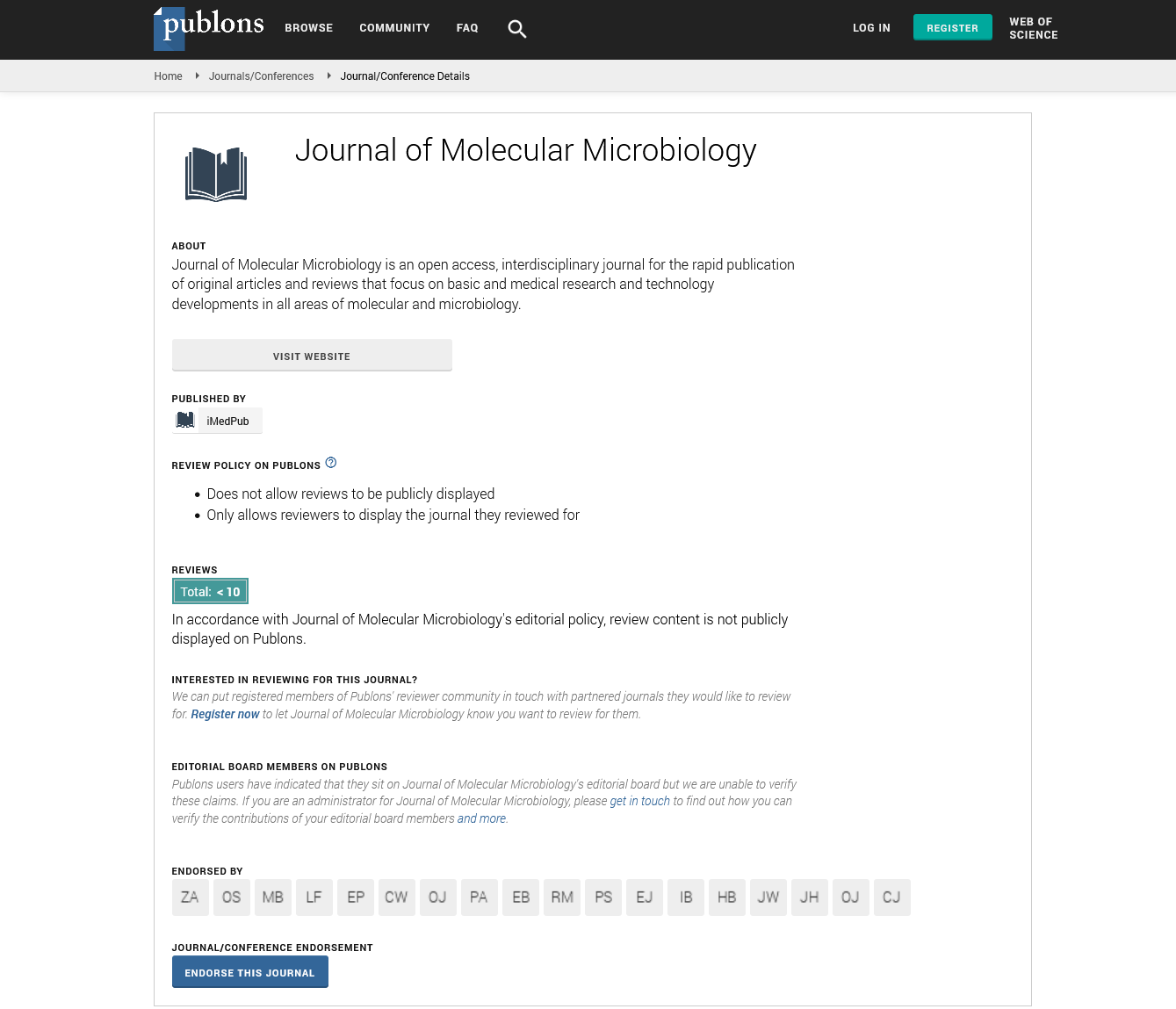Abstract
Ascitic Fluid Calprotectin and Serum Procalcitonin as Accurate Diagnostic Markers for Spontaneous Bacterial Peritonitis
Statement of the Problem The diagnosis of spontaneous bacterial peritonitis (SBP) is based on a polymorphonuclear leukocytes (PMNs) exceeding 250/μL in ascitic fluid. The aim of the study was to evaluate serum procalcitonin and ascitic fluid calprotectin as accurate diagnostic markers for detecting SBP Materials & Methods: Seventy-nine patients with cirrhotic ascites were included. They were divided into a SBP group, includ¬ing 52 patients, and a non-SBP group of 27 patients. Serum procalcitonin, ascitic calprotectin, and serum and ascitic levels of tumor necrosis factor α (TNF-α) and interleukin 6 (IL-6) were measured using an enzyme-linked immunosorbent assay. Results: Serum procalcitonin and ascitic calprotectin were significantly higher in SBP patients than in non-SBP pa¬tients. Significant increases in both serum and ascitic levels of TNF-α and IL-6 were observed in SBP patients versus non-SBP patients. At a cutoff value of 0.94 ng/mL, serum procal¬citonin had 94.3% sensitivity and 91.8% specificity for detect¬ing SBP. In addition, at a cutoff value of 445 ng/ mL, ascitic calprotectin had 95.4% sensitivity and 85.2% specificity for detecting SBP. Both were positively correlated with ascitic fluid proteins, PMN count, TNF-α, and IL-6. Conclusion According to our findings, determination of serum procalcitonin levels and ascitic calprotectin appears to provide satisfactory diagnostic markers for the diagnosis of SBP Introduction: Patients with chronic liver failure, who have an impaired immune status, are often highly susceptible to infections such as urinary tract infection, spontaneous bacterial peritonitis (SBP), respiratory tract infection, bacteremia1 and Cryptosporidium that has emerged as a significant human pathogen worldwide and as a cause of diarrhea in patients with chronic liver diseases.2–4 SBP is an important cause of morbidity and mortality in cirrhotic patients with ascites. SBP is estimated to affect 10% to 30% of cirrhotic patients hospitalized with ascites, with a mortality rate approaches 30%.5 Procalcitonin (PCT) is a peptide precursor of the hormone calcitonin, which is involved in calcium homeostasis. It is composed of 116 amino acids and is produced by parafollicular cells (C cells) of the thyroid and by the neuroendocrine cells of the intestine and the lung. The level of PCT in the blood stream of healthy individuals is below the limit of detection (10 pg/mL) of clinical assessment. The level of PCT rises in a response to a proinflammatory stimuli, especially of bacterial origin.6 Based on its rapid detection within 2 hours or as a recently available bedside test at moderate cost. Serum PCT determination seems to add some characteristics to the traditional cell count for the diagnosis of SBP, especially in the absence of another site of infection all over the body, through providing valuable information immediately by a noninvasive diagnostic test in ascitic patients.7 Calprotectin is calcium and zinc-binding protein which is detected almost exclusively in neutrophils,8 and its presence in body fluids is proportional to the influx of neutrophils.9 Ascitic fluid calprotectin reliably predicts polymorphonuclear leukocytes (PMNs) count >250/mm3, which may provide a useful marker for the diagnosis of SBP, especially with a readily available bedside testing device.10 SBP is associated with production of inflammatory mediators.11 In these patients proinflammatory cytokines (tumor necrosis factor α [TNF-α] and interleukin 6 [IL-6]) are released to blood and ascites, in response to hepatic injury.12 This work was planned aiming to evaluate the role of serum PCT and ascitic fluid calprotectin and their relationship with proinflammatory cytokines (TNF-α and IL-6) as accurate diagnostic laboratory markers for detecting SBP.Recent Publications: 1. Burri E, Schulte F, Muser J, Meier R, Beglinger C. Measurement of calprotectin in ascitic fluid to identify elevatedpolymorphonuclear cell count. World J Gastroenterol 2013;19:2028-2036. 2. Cekin Y, Cekin AH, Duman A, Yilmaz U, Yesil B, Yolcular BO. The role of serum procalcitonin levels in predicting ascitic fluid infec-tion in hospitalized cirrhotic and non-cirrhotic patients. Int J Med Sci 2013;10:1367-1374. 3. Elbanna A, Allam N, Hossam N, Ibrahim A, Wagdy M. Plasma and ascitic fluid level of calprotectin in chronic liver disease malignant and non-malignant. Alexandria Bulletin 2008;647-653. 4. Rimola A, Gracía-Tsao G, Navasa M, et al. Diagnosis, treatment and prophylaxis of spontaneous bacterial peritonitis: a consensus document. International Ascites Club. J Hepatol 2000;32:142-153. 5. Jung SY, Park YB, Ha YJ, Lee KH, Lee SK. Serum calprotectin as a marker for disease activity and severity in adult-onset Still’s disease. J Rheumatol 2010;37:1029-1034. Biography: Nasser Mousa, Professor of Tropical Medicine and Hepatology, Faculty of Medicine, Mansoura University, Egypt. I am a teaching faculty. M.D in Tropical Medicine in 2006 from Mansoura University, Egypt. Research interest: Chronic hepatitis, Liver cirrhosis, Portal hypertension, Hepatocelluar carcinoma, infection in cirrhotic patients
Author(s): Nasser Mousa
Abstract | PDF
Share This Article
Google Scholar citation report
Citations : 86
Journal of Molecular Microbiology received 86 citations as per Google Scholar report
Journal of Molecular Microbiology peer review process verified at publons
Abstracted/Indexed in
- Google Scholar
- Publons
Open Access Journals
- Aquaculture & Veterinary Science
- Chemistry & Chemical Sciences
- Clinical Sciences
- Engineering
- General Science
- Genetics & Molecular Biology
- Health Care & Nursing
- Immunology & Microbiology
- Materials Science
- Mathematics & Physics
- Medical Sciences
- Neurology & Psychiatry
- Oncology & Cancer Science
- Pharmaceutical Sciences
